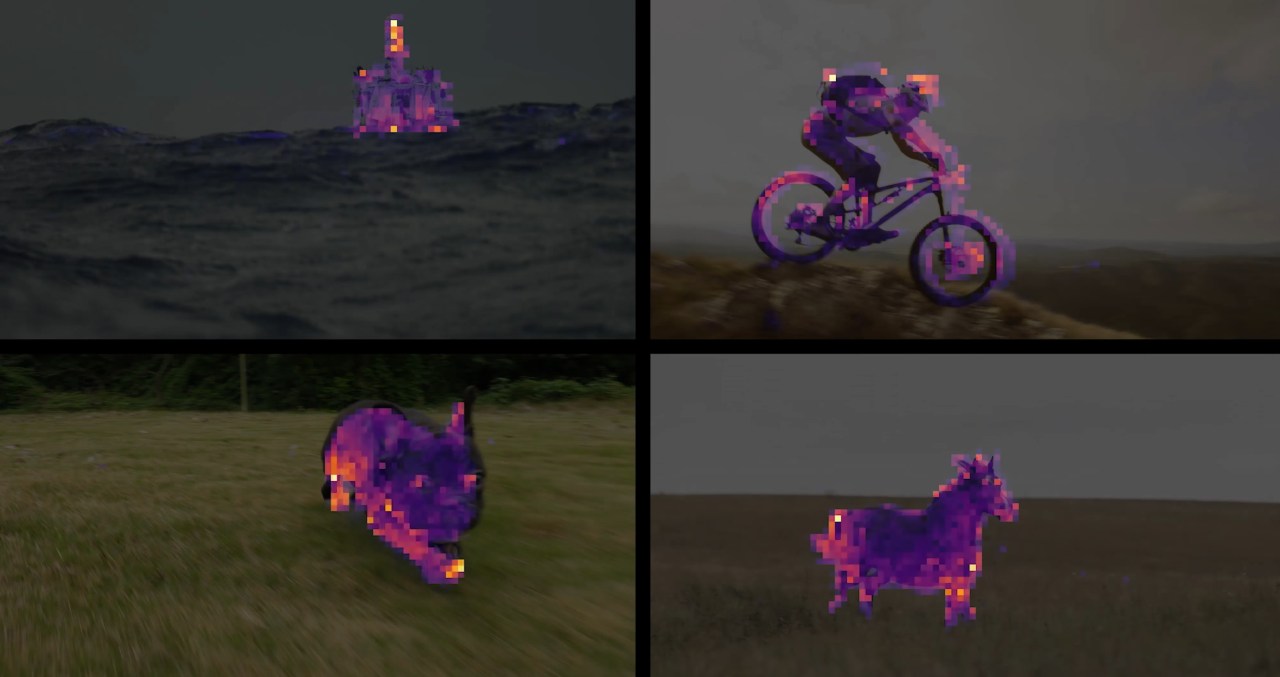The world of artificial intelligence (AI) continues to evolve at a breakneck speed, with researchers relentlessly pursuing developments that breathe a sense of “common sense” into machine learning systems. One of the field’s greatest challenges has been the insatiable thirst for labeled data. Traditionally, training an AI model often meant accumulating thousands of labeled images—like 500 pictures of cats—to help it recognize a cat when it encounters one. However, Facebook’s recent research marks a meaningful stride toward reducing this data dependency, paving the way for a more intuitive understanding of visual information by machines. Let’s delve deeper into Facebook’s groundbreaking work in semi-supervised learning and its implications.
Understanding Semi-Supervised Learning
At its core, semi-supervised learning provides a unique blend of labeled and unlabeled data to enhance machine learning models. Unlike fully supervised learning that demands comprehensive labeled datasets, semi-supervised learning allows systems to derive insights even from unlabeled data, significantly reducing the resources and time needed for data annotation.
Imagine teaching an AI model to recognize common objects like cats or dogs, using a carefully curated set of images. The traditional approach is linear and cumbersome, as you need extensive data for every new category. However, Facebook’s researchers have innovated a system that requires minimal labeling. Instead of consuming countless labeled images, these advanced systems learn through patterns they recognize across significant datasets, allowing them to generalize and apply their knowledge to new objects.
Introducing DINO: The Gamechanger in Visual Learning
Enter DINO, short for “DIstillation of knowledge with NO labels.” This innovative system poses a stunning departure from typical AI training methods. DINO approaches the problem by treating video data not merely as discrete frames but as a coherent sequence—akin to recognizing sentences instead of words. This holistic perspective equips the model to identify relationships between objects and movements more adeptly, enabling a rudimentary comprehension of visual nuances.
- Contextual Learning: By recognizing the interaction between objects, DINO captures deeper contextual meaning. For instance, if a dog and cat appear in the same frame, the system understands they are distinct entities rather than simply treating them as random inputs without relationships.
- Cognitive Closeness: While a typical AI may compute distances between categories devoid of context, DINO realizes that cats and dogs are visually similar, differentiating them from entirely unrelated objects like cars. This contextual awareness helps deepen its cognitive understanding.
Complementary Research: PAWS
Alongside DINO’s revolutionary approach, another noteworthy contribution is the PAWS framework. PAWS enhances training efficiency by mixing semi-supervised and traditional supervised learning techniques. This hybrid method capitalizes on both labeled and unlabeled datasets, providing models with a richer knowledge base while reducing the dependency on extensive labeling.
Implications for the Future
The ramifications of these advancements extend beyond Facebook’s internal projects. As computer vision technology becomes more accessible and efficient, developers in the wider tech community will benefit significantly. From enhanced image analysis tools to improved automation strategies, the potential applications are vast. The understanding of visual data paves the way for a new era where AI becomes more relatable and symbiotic with human-like cognition.
Conclusion: A Vision for the Future
As AI researchers continue to innovate and refine methodologies, the breakthrough exemplified by Facebook’s DINO and PAWS is a pivotal leap toward a more intuitive interaction between technology and visual interpretation. The strides made in semi-supervised learning could redefine not only how we create AI models but also how these systems understand the world around them. These advancements are crucial for the future of AI, as they enable more comprehensive and effective solutions. At **[fxis.ai](https://fxis.ai)**, we are committed to exploring these methodologies to push the envelope in artificial intelligence, ensuring our clients benefit from the latest technological innovations.
For more insights, updates, or to collaborate on AI development projects, stay connected with **[fxis.ai](https://fxis.ai)**.

